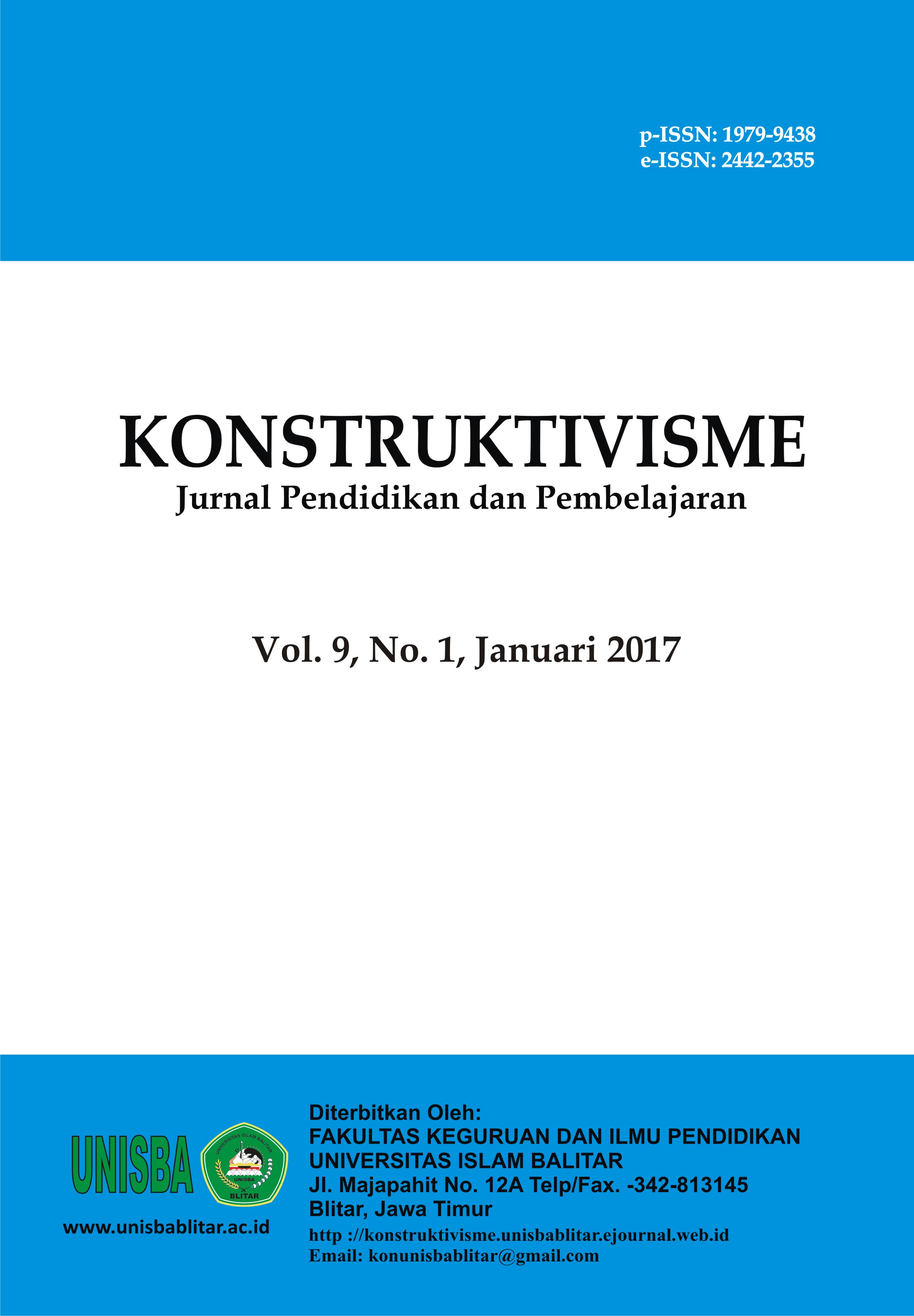PENGGUNAAN ANGKA DALAM PEMBENTUKAN KATA BAHASA TULISAN DAN PLAT KENDARAAN
DOI:
https://doi.org/10.35457/konstruk.v9i1.156Keywords:
linguistic, number, word, genuine, police numberAbstract
This study aimed to describe linguistic phenomena on the use of numbers to represent words used in the police number of vehicles. The focus was emphasized in the sociolinguistic contexts as parts of social education using theory of Dell Hymes. The study used content analysis that used documents on policy numbers for cars as sources of data. Data were collected using observation and interview. The study found that trends to use unique numbers generated genuine ideas from young generation. In daily activities, the youth used the jargon-like codes for communication through SMS or written messages to their peers. The numbers represented expression for joke and unique, e.g. M 30 NG (MEONG), D 6161 T (DIGIGIT), and L 38 AY (LEBAY). It is evidence that creativities of young generation to innovate language existed as genuine creativity.Downloads
Download data is not yet available.
Downloads
Published
2017-01-13
Issue
Section
Articles
License
Authors who publish with this journal agree to the following terms:
- Authors retain copyright and grant the journal right of first publication with the work simultaneously licensed under a Creative Commons Attribution License that allows others to share the work with an acknowledgement of the work's authorship and initial publication in this journal.
- Authors are able to enter into separate, additional contractual arrangements for the non-exclusive distribution of the journal's published version of the work (e.g., post it to an institutional repository or publish it in a book), with an acknowledgement of its initial publication in this journal.
- Authors are permitted and encouraged to post their work online (e.g., in institutional repositories or on their website) prior to and during the submission process, as it can lead to productive exchanges, as well as earlier and greater citation of published work (See The Effect of Open Access).
Deprecated: json_decode(): Passing null to parameter #1 ($json) of type string is deprecated in /home/ejournal.unisbablitar.ac.id/public_html/plugins/generic/citations/CitationsPlugin.php on line 68
How to Cite
PENGGUNAAN ANGKA DALAM PEMBENTUKAN KATA BAHASA TULISAN DAN PLAT KENDARAAN. (2017). Konstruktivisme : Jurnal Pendidikan Dan Pembelajaran, 9(1), 109-120. https://doi.org/10.35457/konstruk.v9i1.156












